Performance Oiling Systems
Regardless of what type of engine you are building, the oiling system must be capable of creating and maintaining adequate oil pressure and flow no matter what. Accelerating, cornering, hard braking or extreme RPMs should not cause even a momentary drop in oil pressure. It only takes a few seconds of oil starvation to spin
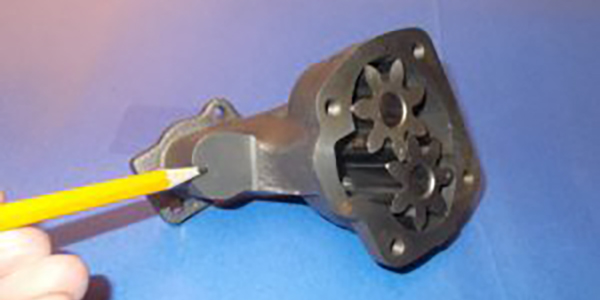
The Science Behind Wet Sump Oil Pumps & Oiling System Upgrades
All automotive internal combustion engines are equipped with some type of pressurized oiling system. Oil lubrication is essential for reducing friction, preventing wear and cooling vital engine components. Pumping oil to the main and rod bearings creates a friction-reducing hydrodynamic film between the bearings and crank that allows the crank to spin with minimal friction.
More Power Inside – Muscle Cars
There are many aspects of the famous and desired muscle car engines of the 1960s and ‘70s. They have become the holy grail of factory performance engines, but they are getting more and more scarce as the years go by. For car owners, the engines have evolved in recent years into three different configurations. Read on to learn more.
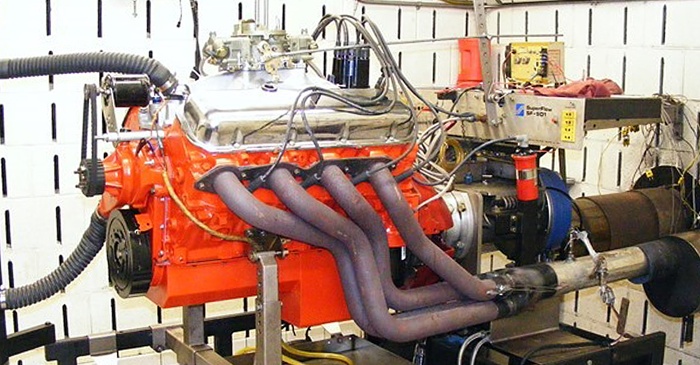
Picking a Racing Oil
How do racing oils differ from everyday motor oils? You might think all racing oils are synthetics, but they are not. Some use conventional mineral base oils, others use PAO and ester synthetics, and some are a blend of conventional and synthetic oils. It doesn’t really matter which way a racing oil is created as long as it meets the criteria for which it was designed.
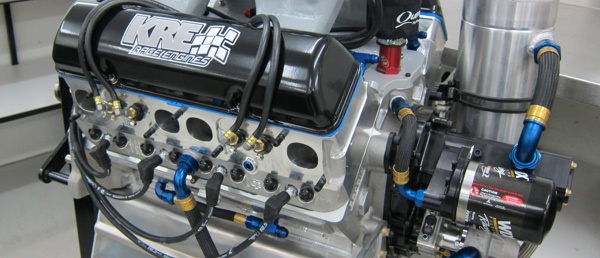
Front-Mounted Oil Pumps: Good or Troublesome?
On late model engines such as Chevy LS, Ford modular V8s and Chrysler 5.7/6.1/6.4L Hemis, engineers have moved the oil pump from its cozy location inside the oil pan to the front of the engine under the timing cover. Traditionally, most wet sump oil pumps have been mounted under the engine inside the oil pan
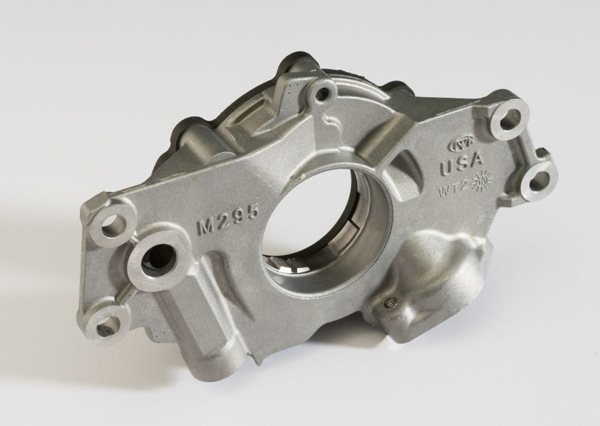
Choosing the ‘Right’ Oil
Every engine builder knows the importance of using not only high-quality motor oil in an engine, but also an oil that has the right additive package and viscosity for the application. This is especially important in performance applications where extremes of heat and pressure can push many ordinary motor oils to the brink. Motor oil
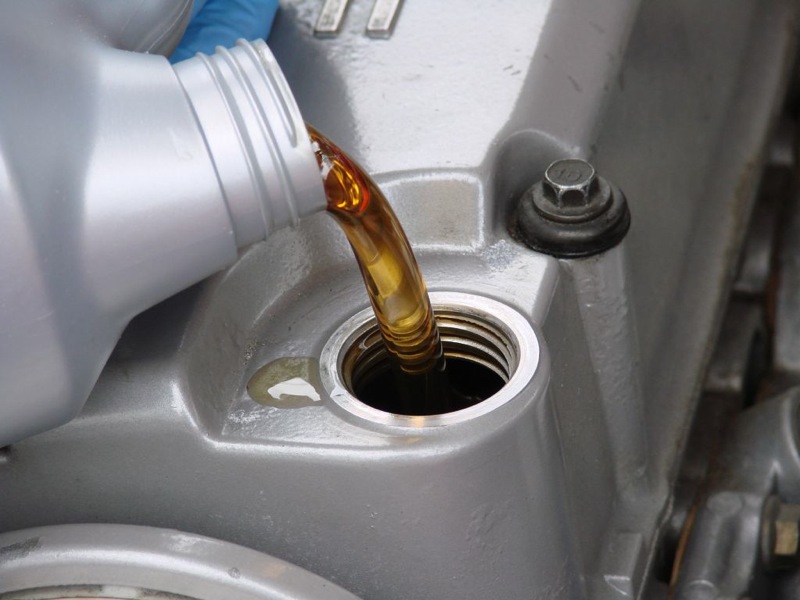
Hydrocarbon Heartburn? — Effects of Sulfur Reduction in Motor Oils
Let’s face it, things change. Not only have the prices of gasoline, diesel and motor oils changed in the last decade or so, the chemical makeup of these products have all changed, too. The reduction of sulfur in diesel fuel, gasoline and motor oil has had measurable effects on fuel injectors and other vital engine
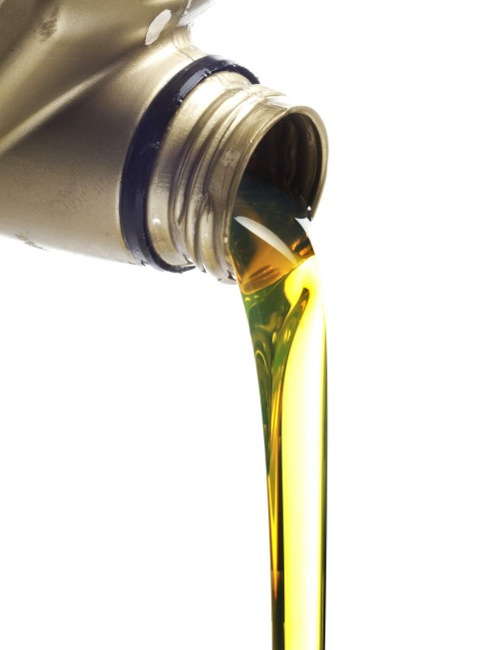
Racing Oils
The latest API-certified SN and ILSAC GF-5 motor oils are fine for everyday driving in late model vehicles, but most off-the-shelf motor oils (even many synthetics) come up short in the anti-wear department in a racing application – especially if the engine is running a flat-tappet cam or a radical roller cam with a lot
Racing Oils
Performance engines built for racing deserve the best possible lubrication. Ordinary street oils don’t cut it on a race track. By Larry Carley The latest API-certified SN and ILSAC GF-5 motor oils are fine for everyday driving in late model vehicles, but most off-the-shelf motor oils (even many synthetics) come up short in the anti-wear
Muscle Car Engines: What’s Old Is New. And The Greates Of All Time
Baby boomers wanted to go fast even if they were just driving to the grocery store. The open road was calling and America answered. But the government intervened and quickly started killing the culture in the early to mid-’70s. Then the gas crisis of the late ’70s put the final nail in the coffin. Or
Late Model Performance Cylinder Heads
As the economy continues to come out of its slump, cylinder head manufacturers are seeing a growing demand for new cylinder heads that can deliver race-winning performance. Whether the heads are upgraded aftermarket heads for traditional small block/big block Chevy and Ford applications, or hot heads for the latest generation of Chevy LS and
Dynos and Test Stands: Profit Center or Business Black Hole?
Dynamometers allow an engine builder to test, tune and tweak his engines before giving customers the opportunity to do something foolish with them. In a recent poll on Engine Builder’s website, we asked our readers how important a dyno is to their business. According to our (admittedly unscientific) results, 44 percent of Engine Builder readers
Intake Manifold Gaskets
Back in the days when most engines had cast iron blocks, heads and manifolds, the intake manifold could be easily sealed with simple and relatively inexpensive die cut fiber faced metal gaskets (solid or perforated core). Sealer was usually required to ensure a leak-free installation. But in the late 1980s and early 1990s, fuel
Opinions And Outlook From An Industry Veteran
The following interview with Comp Cam’s Paul "Scooter" Brothers recently appeared on CPGNation.com. We have posted an excerpt of the story below. To view the original posting, please visit http://www.cpgnation.com/forum/scooter-brothers-opinions-outlooks-industry-veteran-3245.html. With Scooter Brothers’ outstanding automotive aftermarket credentials, we thought it would be fascinating to get his take on some current topics. So wespoke with Brothers
Race vs. Street Oil and Lubricants: The Great Zinc Debate Continues
In racing applications, it’s not usually so serene. Engines live on the edge. Engine builders and racers are always fighting and scratching for more power, more torque, just that little something extra, even 100 rpm off the corner more than the next guy – but it comes with a price. About the only protection these
What’s New with Oil Pumps, Pickups and Pans
The two greatest concerns from a lubrication standpoint are dry starts and loss of oil pressure while the engine is running. Dry starts are more of a worry in engines that have front-mounted oil pumps with relatively long pickup tubes, which includes such popular engines as the GM 3800 V6, Chrysler 3.5L V6, etc. as
Alcohol: It
Article by Norm Brandes and Keith McCord Ethanol, or moonshine whiskey has been used as either fuel or liquor since the mid-15th century. The very first patented internal combustion engine was invented by Samuel Morey back in 1826 and ran on a mixture of ethanol, alcohol and turpentine. Fast forward to 1861 where German inventor
Performance Oils and Additives: Got Zinc?
How do you choose the right oil for your racing or performance engine application? While you don’t have to be a chemist to know there are differences in oil formulations, these variations can be as broad as the type of oil, or as specific as the additive package that is used. Your father’s motor oil
Performance Drag Racing Heads
A quarter-mile strip of asphalt is not a great distance. But drag racing isn’t about distance. It’s about time. The car that reaches the finish line first wins the race. But the car that wins isn’t always the fastest car or the quickest car. It’s usually the car that runs with the most consistent elapsed
Crankshafts:Stock and Performance
The crankshaft is the working arm of the engine. All the force generated by combustion and the downward motion of the pistons is focused on the crank throws. The leverage effect of the force exerted on the crank journals twists the shaft and converts the up-and-down reciprocating motion of the pistons into rotational motion of
